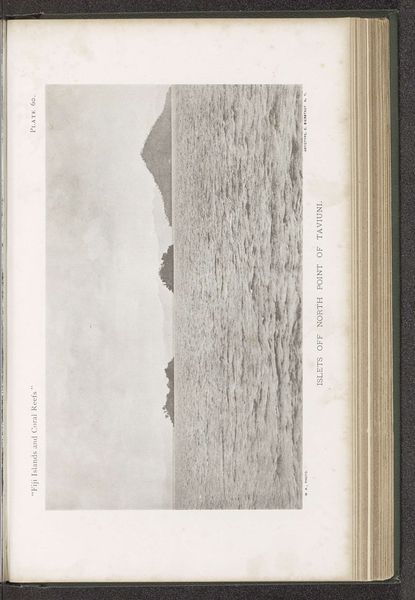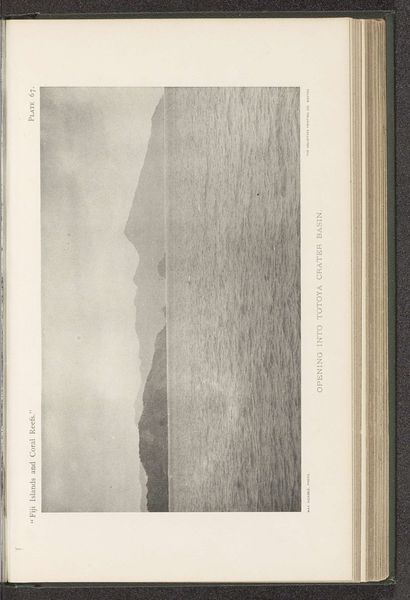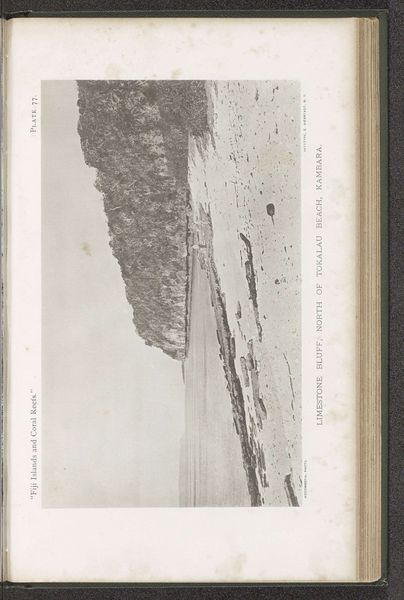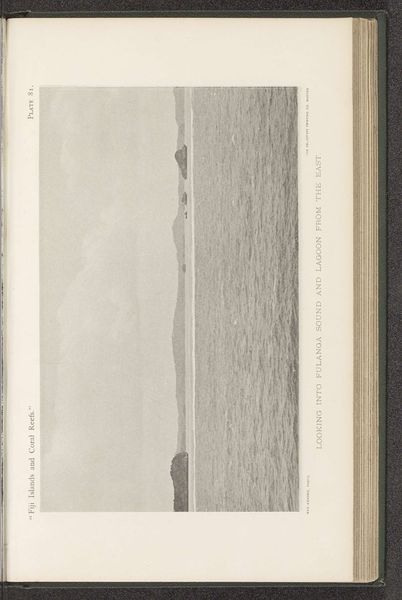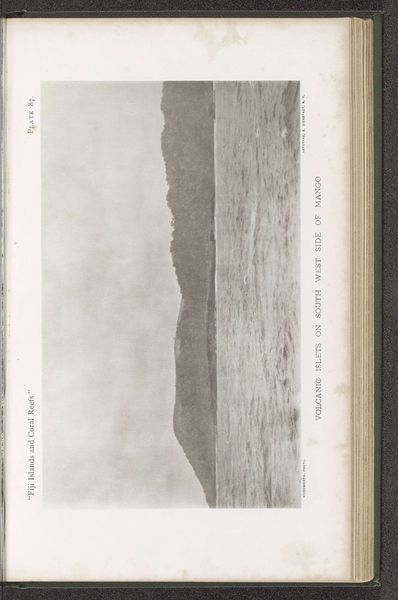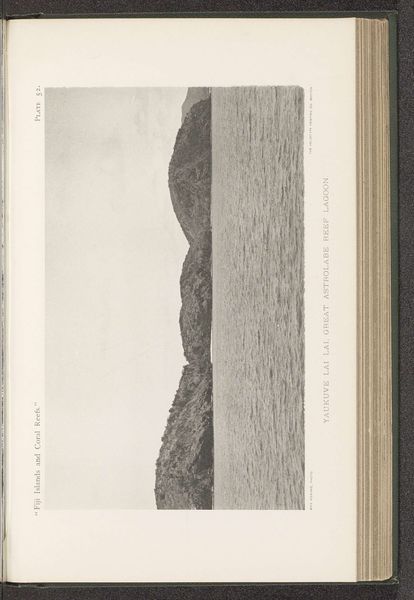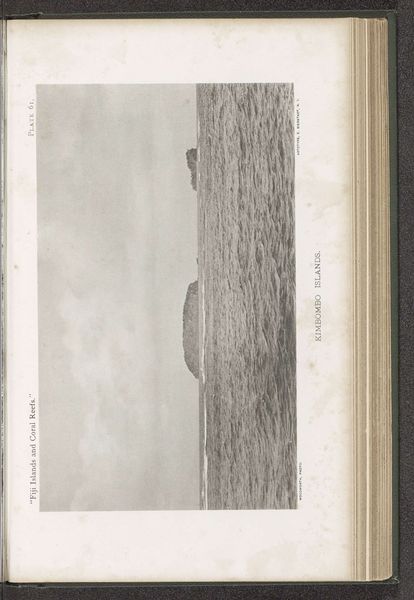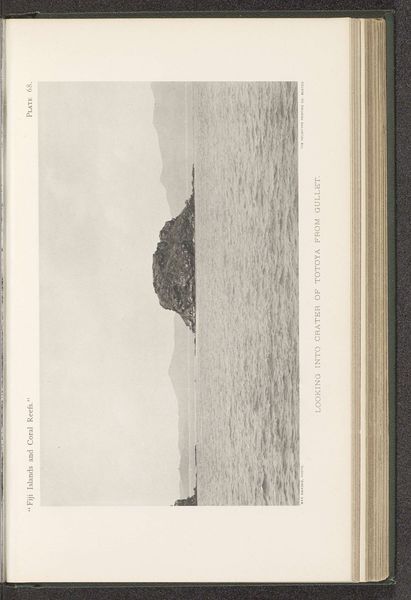
print, photography, gelatin-silver-print
#
pictorialism
# print
#
landscape
#
photography
#
orientalism
#
gelatin-silver-print
Dimensions: height 108 mm, width 179 mm
Copyright: Rijks Museum: Open Domain
Curator: W. McM. Woodworth's gelatin-silver print, taken before 1899, presents a view of Kobu (Nai Kobu) in the lagoon near Nairai. The print is sepia-toned. What strikes you upon seeing this? Editor: The sheer solitude. An isolated pyramid of land rising out of a still lagoon. It evokes a sense of remoteness. Almost a primal connection with the earth. Curator: The photograph reflects the "Orientalist" style, quite common at the time. There’s an idealization of the "exotic" landscape. Woodworth’s composition encourages the viewer to see this place as pristine, untouched. We have to ask whose perspective this untouched vision actually serves and what it obscures. Editor: Precisely, but beyond the colonial gaze, I am drawn to the symbolic elements—water representing fluidity and transformation, the stoic strength of the island, and those almost fragile palm trees representing resilience. This composition speaks of deep cultural and archetypal images rooted in the unconscious mind. It projects the visual vocabulary of power and identity, in the era and long after. Curator: Absolutely, the layering of meaning here is palpable. This isn’t simply a record of a place. It’s also a social document revealing how the Western world perceived Fiji and its people at that time. The technical choices, too. Pictorialism favored soft focus and manipulated printing techniques—further aestheticizing and romanticizing the scene. The aesthetic preferences should alert to social contexts. Editor: I wonder what this island meant to those who lived there, what sacred spaces may or may not have been visually translated through the documentarian or artistic process of this image-maker, what this image tells of its continuity today as an enduring cultural memory. I think these symbols endure regardless of Woodworth's intentions. The island's silhouette continues to whisper its story, echoing with a profound sense of place. Curator: It’s in navigating that tension, acknowledging the historical power dynamics embedded within these images, while still seeking resonance within them that art history has relevance to our world today. Editor: Indeed. By connecting to visual history, these images can also connect with something deeply embedded in the cultural narratives we find ourselves in even today.
Comments
No comments
Be the first to comment and join the conversation on the ultimate creative platform.

